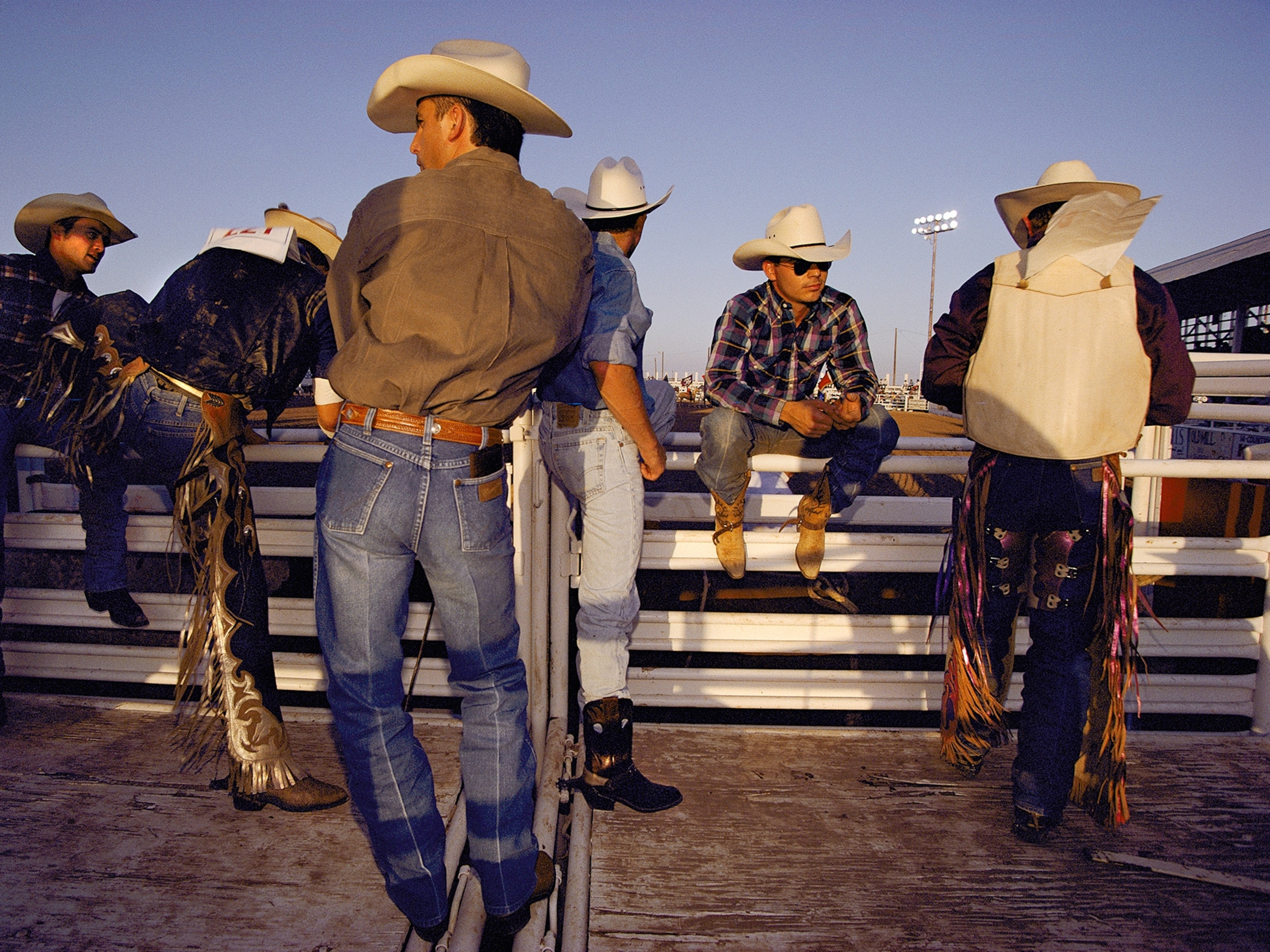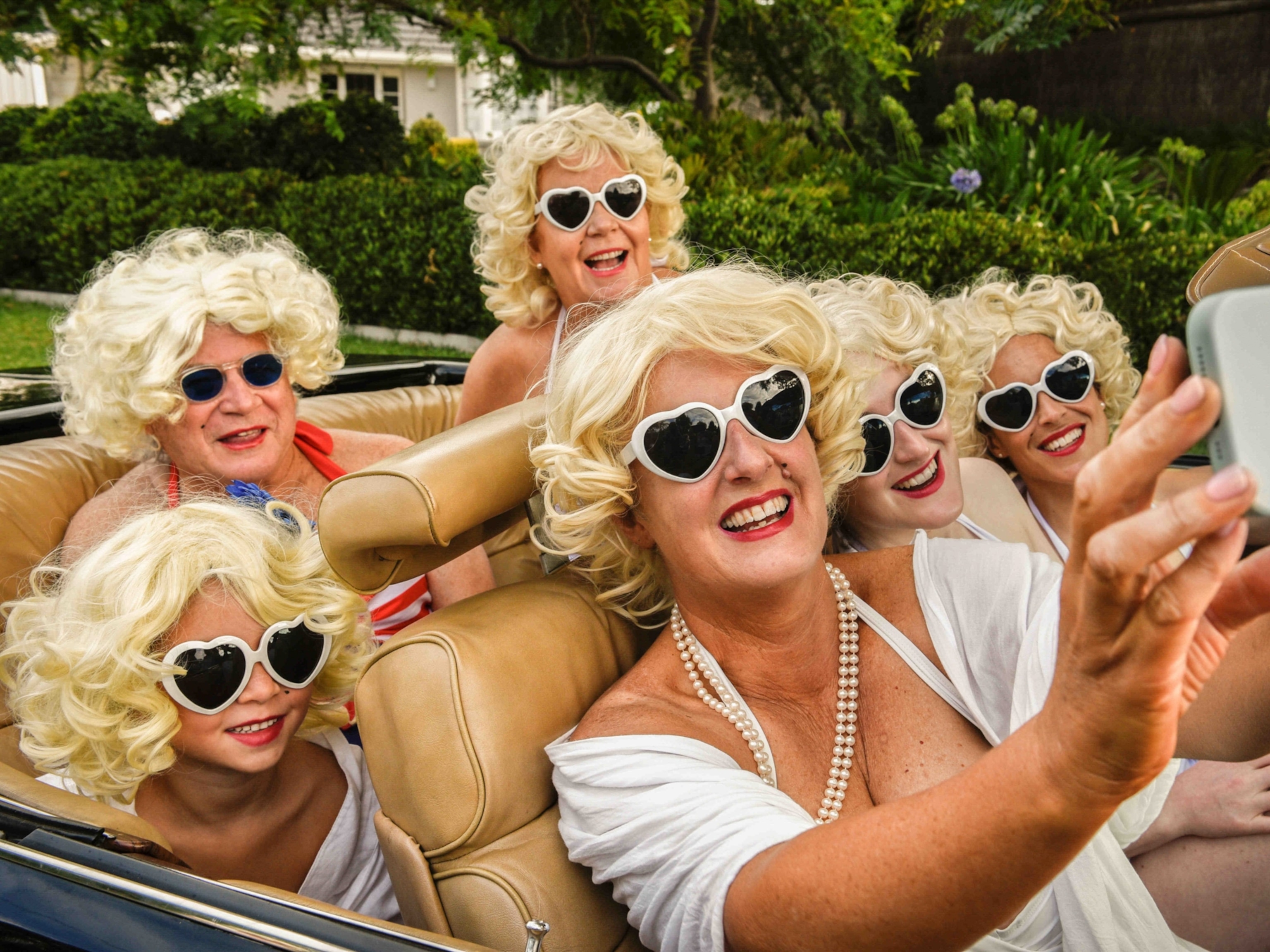First "Halloween" Costumes: Skins, Skulls, and Skirts?
A far cry from the faux Palins, pirates, and princesses of today, costumes during Halloween's precursor included animal skins and heads, drag getups, and mechanical horse heads.
Records of the precursor to Halloween—the Celtic new year celebration of Saimhain (SAH-win)—are extremely threadbare, said Ken Nilsen, professor of Celtic studies at Canada's St. Francis Xavier University in Antigonish, Nova Scotia.
(See photos of modern Celtic revelers in costume.)
"We don't have actual records telling us what it was like in ancient times, so our knowledge is based principally on folk customs that continued until recent centuries," Nilsen told National Geographic News.
Samhain, however, is known to date back at least 2,000 years, based on analysis of a Celtic bronze calendar discovered in the 1890s in Coligny, France, in what was then called Gaul.
The festival marked the end of the Celtic year, when the harvest was gathered and animals were rounded up.
It's said the hides of cattle and other livestock slaughtered at this time were ritually worn during festivities that likely hark back to even earlier pagan beliefs.
Animal Spirits
Ancient Roman writers recorded that tribes in what is now Germany and France held riotous ceremonies where they donned the heads and skins of wild mammals to connect with animal spirits.
The custom of wearing animal hides at bonfire-lighted Celtic feast ceremonies survived until recent times, Nilsen notes.
"This was certainly done at Martinmas [the November 11 Christian feast of St. Martin] in Ireland and Scotland, which, in the old calendar, would be Halloween," he said.
"There might have been an excess of livestock, so it would make sense to slaughter an animal," Nilsen said.
Samhain night was also a celebration of the dead—the one time the spirits were believed to walk among the living.
Again, the earliest rituals aren't known in detail, but in recent centuries families put out food and even set extra table places for their ancestors at Samhain.
It was also a night when people dressed to create mischief and confusion, according to Bettina Arnold of the Center for Celtic Studies at the University of Wisconsin-Milwaukee.
"The spirits of the dead were impersonated by young men dressed with masked, veiled or blackened faces, dressed in white or disguises of straw," Arnold wrote in an essay titled "Halloween Customs in the Celtic World."
These disguises were intended both to protect revelers from any malevolent spirits and to fool households they visited.
In Scotland and elsewhere, revelers masquerading as the dead would go around demanding food offerings—a forerunner to today's trick-or-treating.
Nilsen of St. Francis Xavier University added: "People put on costumes which frequently included blackened faces and so on, representing spooks, demons, or whatever."
Cross-Dressing and Horse-Heading
According to the University of Wisconsin's Arnold, on Samhain the boundary between the living and the dead was obliterated—as was the boundary between the sexes. Male youths would dress up as girls and vice versa, she wrote.
In Wales, for example, groups of mischievous young men in Halloween drag were referred to as hags.
In parts of Ireland, a man dressed as a white horse known as Lair Bhan—an ancient Celtic fertility symbol—led noisy processions at Samhain.
Author Katharine Clark wrote in An Irish Book of Shadows that Lair Bhan was represented using white sheets and a wooden head.
"Some heads could be quite elaborate, complete with snapping jaws controlled by the man upon whose shoulders the entire structure rested," Clark wrote.
Accessorize
Many Samhain ensembles were incomplete without the appropriate accessories: lanterns made with hollowed-out turnips and candles.





